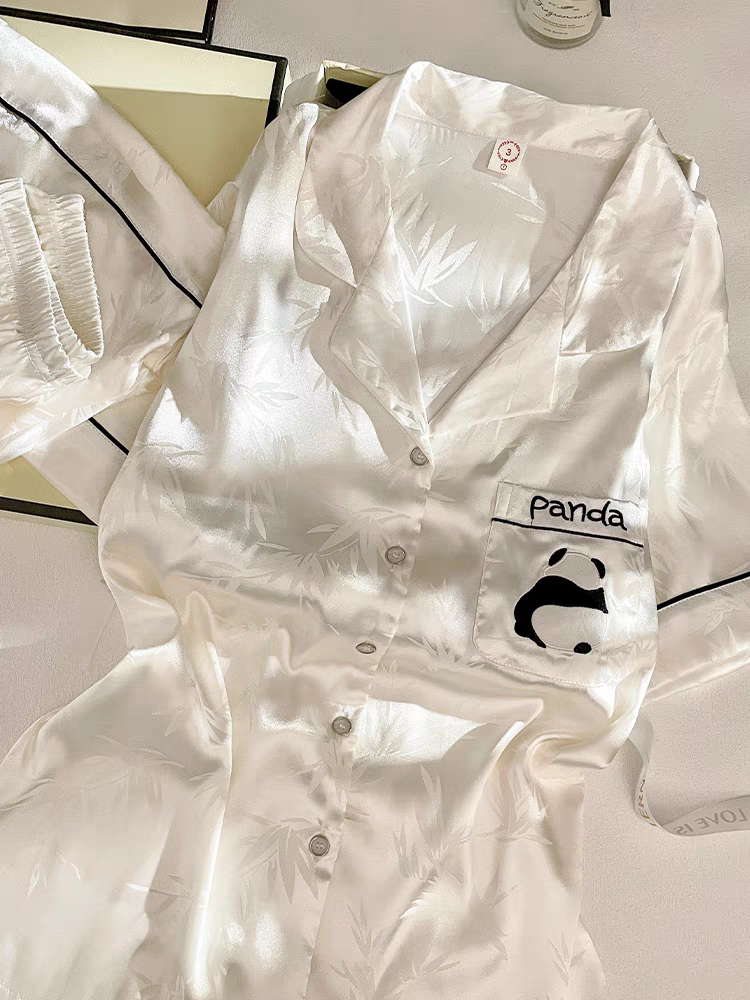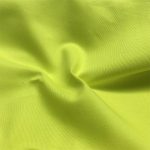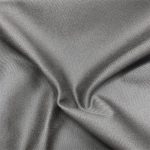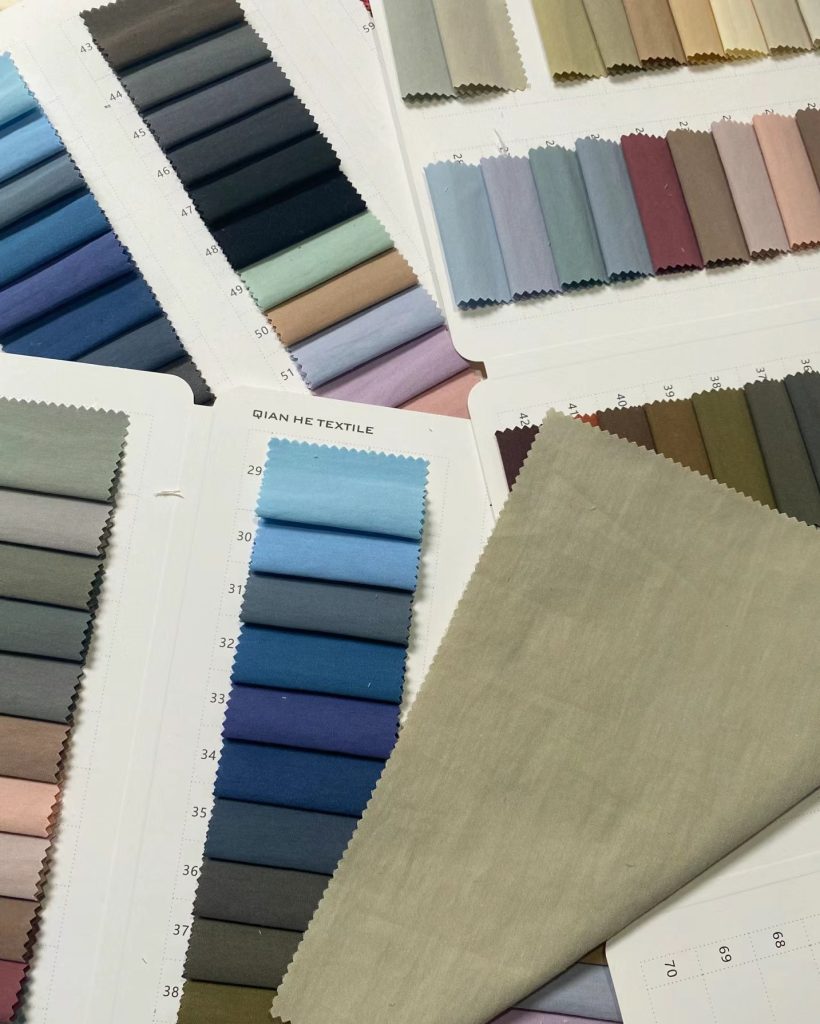As summer approaches and the temperature rises, we need to pay attention to the clothes we wear. The choice of fabric is very important because it affects our comfort and health. The right fabric can keep us cool and comfortable even on the hottest days. So, what fabrics are best for summer clothing? In this article, I’ll go over the fabrics that are suitable for summer clothing, as well as some tips for choosing and maintaining summer clothes.
Common Summer Fabrics and Their Characteristics
Cotton
Characteristics: Soft, breathable, good moisture absorption
Advantages: Absorbs sweat and evaporates it quickly, keeps skin dry, non-toxic and non-irritating to skin, good for close-fitting summer clothes
Disadvantages: Wrinkles easily, needs frequent ironing, poor durability and elasticity
Examples: Pure cotton T-shirts, cotton shirts, cotton dresses
Linen
Characteristics: Excellent breathability, absorbs moisture quickly, dries fast
Advantages: Good ventilation because of the rough texture of the fibers, very cool to wear, suitable for high-temperature environments, natural antibacterial and odor-resistant properties
Disadvantages: Rough to the touch, wrinkles easily, needs frequent ironing
Examples: Linen shirts, linen dresses, linen shorts

Silk
Characteristics: Smooth, lustrous, soft, excellent moisture absorption
Advantages: Absorbs sweat and evaporates it quickly, smooth texture is very skin-friendly, high-end feel, good breathability, suitable for formal summer occasions
Disadvantages: Sensitive to sunlight and sweat stains, easily fades or yellows, high-maintenance
Examples: Silk dresses, silk shirts, silk pajamas

Bamboo Fiber
Characteristics: Highly breathable, absorbent, natural antibacterial
Advantages: Soft and comfortable, absorbs moisture quickly, dries fast, natural antibacterial and deodorizing effects, prevents bacterial growth
Disadvantages: Relatively less durable, needs careful maintenance
Examples: Bamboo fiber T-shirts, bamboo fiber underwear, bamboo fiber pajamas
Man-Made Fibers (such as Rayon, Modal, etc.)
Characteristics: Soft, smooth, absorbent, some elasticity
Advantages: Good breathability and moisture absorption, comfortable to wear, wrinkle-resistant, easy to care for
Disadvantages: Some fabrics may deform at high temperatures, need to pay attention to washing and ironing temperatures
Examples: Modal T-shirts, rayon dresses, man-made fiber shirts

Blended Fabrics
Characteristics: Combine different fibers to enhance overall fabric performance
Advantages: Can have the benefits of various fibers, such as cotton-linen blends or cotton-silk blends, improve breathability, moisture absorption, and durability, suitable for summer wear
Disadvantages: Advantages and disadvantages depend on the fiber ratios and manufacturing process, need to choose carefully
Examples: Cotton-linen blend shirts, cotton-silk blend dresses, blended T-shirts
How to Choose Summer Fabrics That Suit You
Check the Fabric Composition
- Pure cotton fabric: Check the label to see if it’s 100% cotton. Avoid blends with a high synthetic fiber content.
- Pure linen fabric: Pure linen is cool to wear but feels rough. It’s suitable for casual summer styles.
- Silk fabric: High-quality silk fabric has a soft sheen and smooth feel. It’s ideal for formal summer wear.
- Bamboo fiber fabric: Make sure it has a high bamboo fiber content for better moisture absorption and breathability.
- Man-made fiber fabric: Rayon, modal, etc., are soft and smooth. They are perfect for close-fitting garments. However, avoid high-temperature washing and ironing.
Pay Attention to the Fabric Texture
- Soft hand feel: Quality summer fabrics should feel soft. They shouldn’t be rough or itchy, especially for close-fitting clothes like T-shirts and underwear.
- Natural luster: Good-quality fabrics have a natural, gentle sheen. They shouldn’t be too bright or too dull.
- Good breathability: Blow air through the fabric to test its breathability. Breathable fabrics dissipate heat quickly, keeping you cool.
Experience the Fit
- Comfort: Make sure you feel comfortable when you try on the clothes. Don’t buy anything that feels restrictive or non-breathable.
- Moisture absorption: Simulate sweating conditions when you try on the clothes. See how well the fabric absorbs moisture and how fast it dries.
Check the Washing Labels
- Washing instructions: Different fabrics have different washing requirements. Check the label for care instructions.
- Durability: Some fabrics are comfortable but not very durable. They require careful washing and maintenance to extend their lifespan.
Fabric Recommendations for Different Occasions
Daily Wear
Recommended fabrics: Cotton, linen, bamboo fiber, man-made fibers
Why: These fabrics are breathable, absorbent, and comfortable. They’re suitable for everyday activities and casual wear. Cotton garments are soft and comfortable. Linen garments are cool and breathable. Bamboo fiber and man-made fibers offer moisture absorption and softness.
Examples: Pure cotton T-shirts, linen shirts, bamboo fiber shorts, modal dresses
Office Wear
Recommended fabrics: Cotton, silk, blended fabrics
Why: Office wear needs to balance comfort and formality. Cotton and silk garments are breathable and sophisticated. They’re suitable for summer office wear. Blended fabrics like cotton-silk blends enhance breathability and comfort while maintaining a formal look.
Examples: Cotton shirts, silk dresses, cotton-silk blend suits
Sports and Fitness
Recommended fabrics: Functional fabrics (such as moisture-wicking fabrics), spandex blends
Why: Sports activities make you sweat more. Functional fabrics with moisture-wicking properties keep you dry. Spandex blends provide elasticity. They’re suitable for various sports.
Examples: Moisture-wicking T-shirts, sports shorts, spandex-blend leggings
Outdoor Activities
Recommended fabrics: Functional fabrics (such as sun-protective fabrics, quick-drying fabrics), nylon blends
Why: Outdoor activities require fabrics that can handle various weather conditions. Functional fabrics offer sun protection, wind resistance, and quick drying. They ensure your comfort and safety. Nylon blends are durable and suitable for outdoor wear.
Examples: Sun-protective jackets, quick-drying pants, nylon-blend jackets
Tips for Taking Care of Summer Fabrics
Washing
- Wash in warm water. Don’t use hot water. Hot water can damage the fibers.
- Use mild detergent. Don’t use bleach or strong alkaline detergents, especially for silk and bamboo fiber fabrics.
Drying
- Don’t expose to the sun. This is especially important for silk fabrics. They can fade and age quickly.
- Lay flat to dry. Fabrics that are prone to deformation, like linen, should be laid flat to dry to avoid changes in shape.
Ironing
- Use the right temperature. Different fabrics require different ironing temperatures. Use medium heat for cotton and linen and low heat for silk and man-made fibers.
- Use steam. A steam iron is good for most fabrics. It can remove wrinkles and protect the fabric.
Storage
- Don’t store in a humid environment. Store your clothes in a dry, ventilated place to prevent mildew.
- Prevent insects and mold. Put insect repellents and desiccants in your wardrobe, especially if you have clothes made of natural fibers like silk and bamboo fiber. They are prone to insect damage.
Conclusion
Choosing the right fabric for summer is important for your comfort and health. By understanding the characteristics and the occasions where you can wear different fabrics, you can make better choices when you buy summer clothes. Cotton, linen, silk, bamboo fiber, and man-made fibers all have their advantages. By combining them in the right way, you can stay cool and comfortable even in the hottest summer. In conclusion, choose the right fabric so you can enjoy the beauty of summer with comfort and coolness.

 100% COTTON FABRIC
100% COTTON FABRIC COTTON STRETCH FABRIC
COTTON STRETCH FABRIC POLYESTER/COTTON FABRIC
POLYESTER/COTTON FABRIC OTHERS FABRIC
OTHERS FABRIC